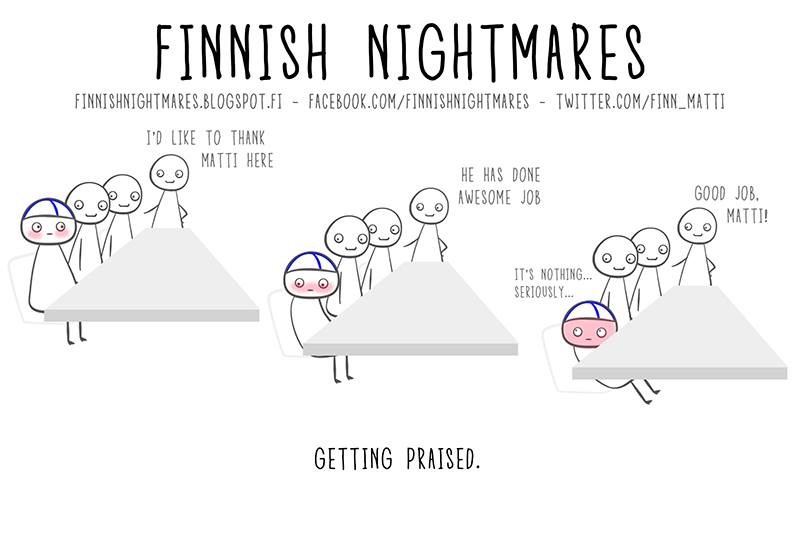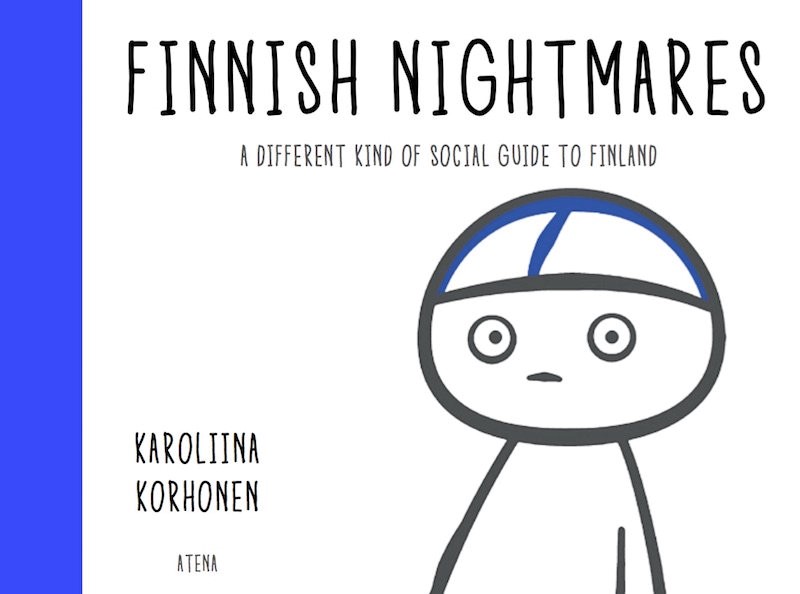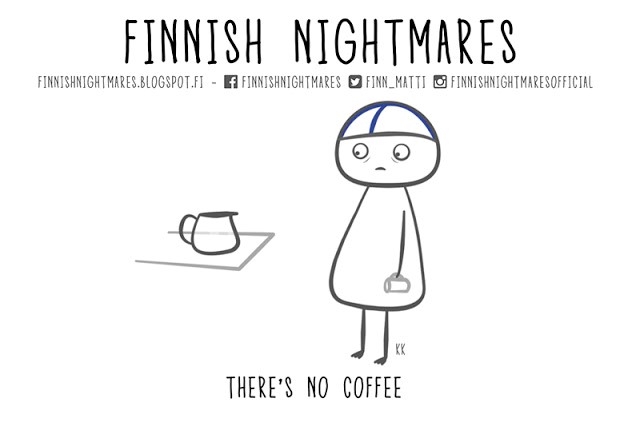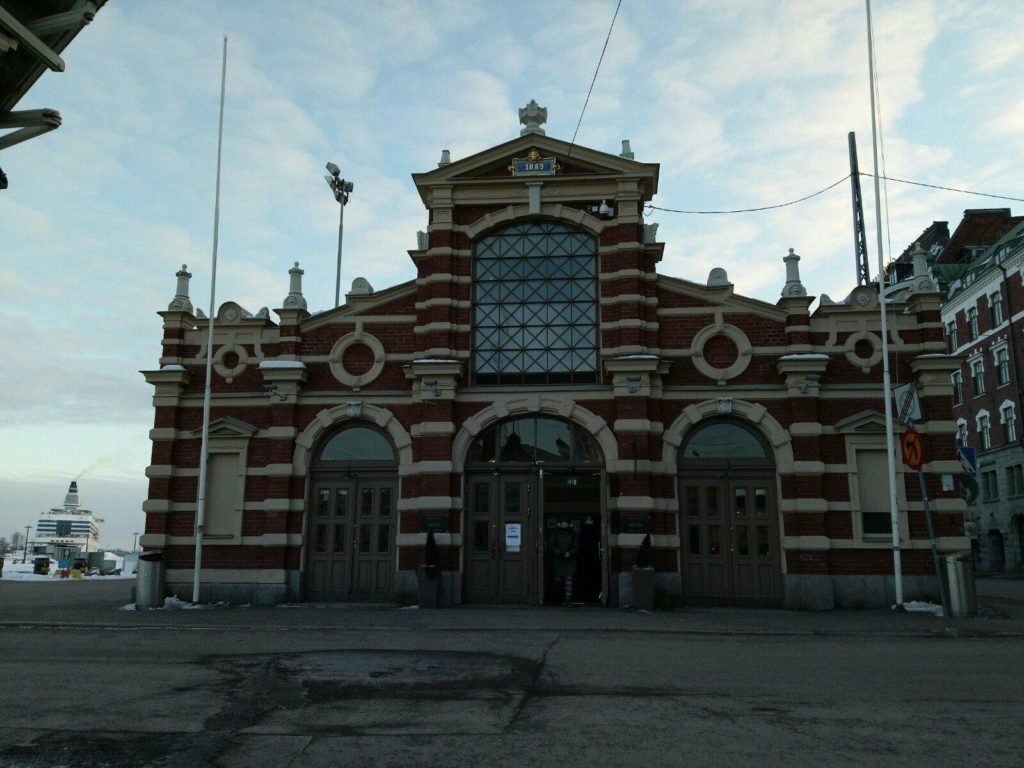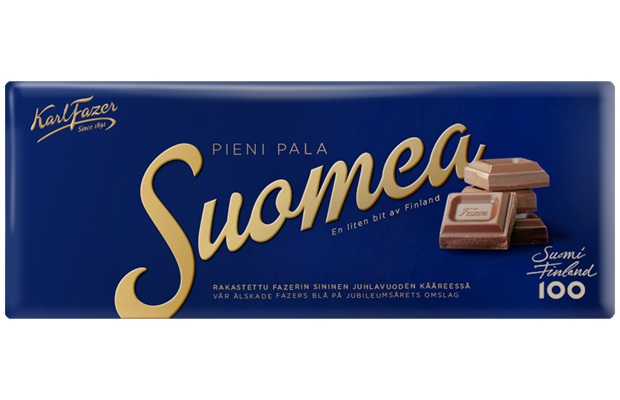Hofstede Belgium vs Finland
I found a site where I could compare both Finland and Belgium according to the Hofstede theory here are the results: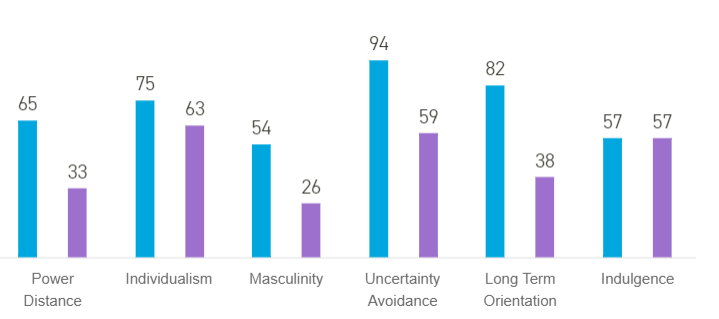
Belgium bleu Finland purple
I will only discuss the point where Belgium and Finland have a big difference which are:
This dimension deals with the fact that all individuals in societies are not equal. it expresses the attitude of an culture towards inequalities amongst people.
According to the Hofstede model Belgium is scoring 65 which is a high score on the scale which would mean inequality is accepted. On the other hand Finland is scoring very low with 33 percent which means: that Finland find equality important and doesn’t accept inequalities.
- Individualism vs collectivism:
This dimension show the degree of interdependence in a society maintains among it’s members. This dimension is determined by the terms “I” or “We”.
Belgium and Finland are both “I” societies. In individualistic societies people are supposed to look after themselves and their direct family only.
I do think that personal factors of an individual is important in this way of thinking and should not be blinded by those general outcome.
- Masculinity vs femininity:
The fundamental of this dimension is what motivates people! Liking what you do( feminine) or wanting to be the best (masculine).
If you watch the score of Belgium on this dimension its 54 which means it’s a masculine society. Masculine society are driven by competition, achievement and success. Being a winner or the best in a field is important.
On the other hand Finland is a feminine society which means the society dominant values are quality of life and caring for others.
I have the feeling people are less stressed because there is less competition in the working life and that the opposite in Belgium where even in the study field you have a lot of pressure and stress to be the best or achieve good results.
This dimension is a measurement of the extent to which the member of a culture feel threatened by ambiguous or unknown situations and have created belief and institutions that try to avoid these.
Belgium has one of the highest scores on this dimension and Finland score high too. Which means planning and structure is favoured! Sudden change can be stressful in those type of societies.
This dimension describe how every society gas to maintain some links with his own past while dealing with challenges of present and future.
Belgium score 82 which is a high score on this dimension which mean it’s a pragmatic approach! A pragmatic culture encourage thrifts and efforts in a modern education as a way to prepare for the future.
On the other hand you have Finland with the score of 38 which mean it is a normative culture. In normative cultures tend to prefer to maintain time -honoured norms and traditions and incline to view social society changes with suspicion.
Belgium and Finland are scoring the same on this dimension 57 percent.
The indulgence dimension is defined by the extent tow which people try to control their desires and impulses, based on the way they were raised.
People in societies classified by a high score in Indulgence generally exhibit a willingness to realise their impulses and desires with regard to enjoying life and having fun. Indulgent culture bow to a positive attitude and have a tendency towards optimism. Not to forget that in those societies leisure time is important, so its seems normal those societies act as they please and spend money as they wish.
So Belgium and Finland are on the same wave length here.
To make this blog I used this site where you can compare other countries according to the Hofstede model. For the site I used see link below :
https://www.hofstede-insights.com/country-comparison/belgium,finland/
My sight on the difference was really brightened by this model.
Friendly regards from Finland
Olivia


